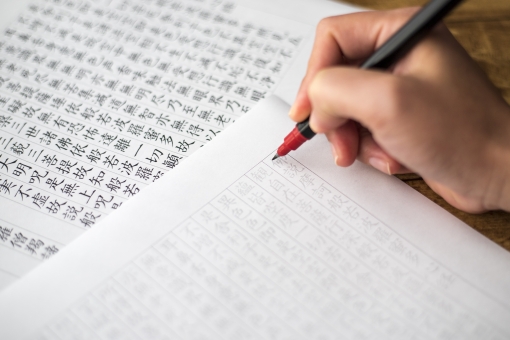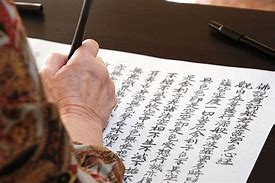
At many Buddhist temples in Japan, you may come across posters inviting worshippers to try Shakyo—the practice of hand-copying Buddhist sutras. Some temples even offer sessions where monks teach visitors how to transcribe the scriptures and explain the essence of Buddhism. Like zazen (seated meditation), Shakyo has been a spiritual training method, and today it is widely practiced by people of all ages, regardless of religious belief. It is deeply rooted in Japanese cultural tradition.
Origins of Shakyo
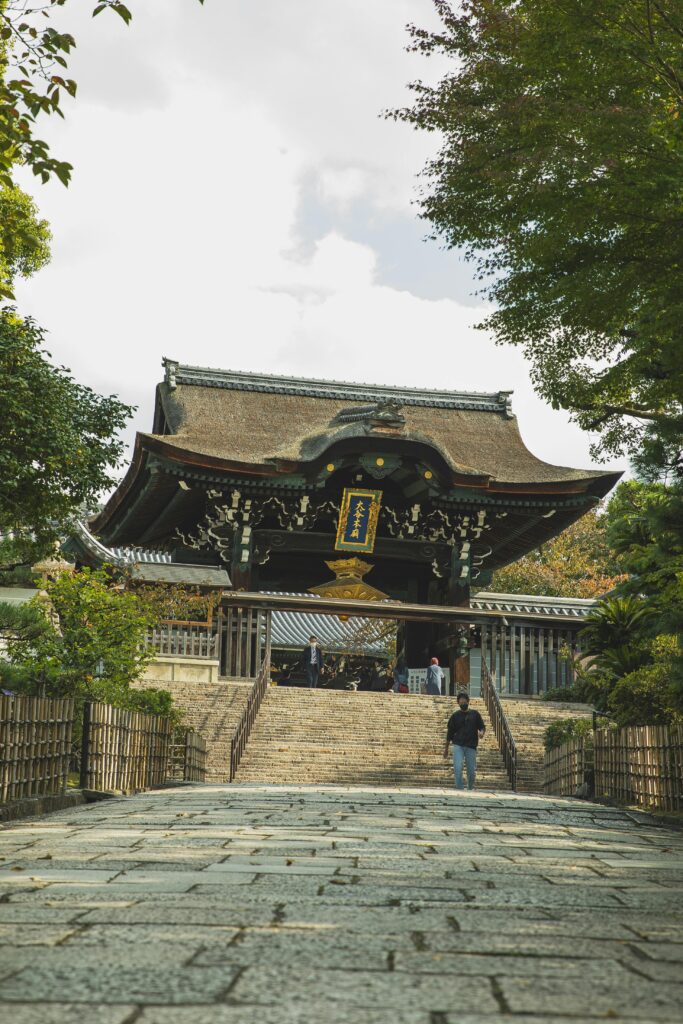
Long before printing technology existed, Buddhist monks—members of the community called Sangha (from Sanskrit)—hand-copied sutras to study and preserve the teachings of Buddha. Transcription was essential for both learning and spiritual cultivation. One of the most well-known sutras, The Lotus Sutra (法華経), Chapter 10, teaches that copying sutras brings salvation and spiritual merit. This belief inspired many to engage in this sacred task.
Shakyo’s Spread in Japan
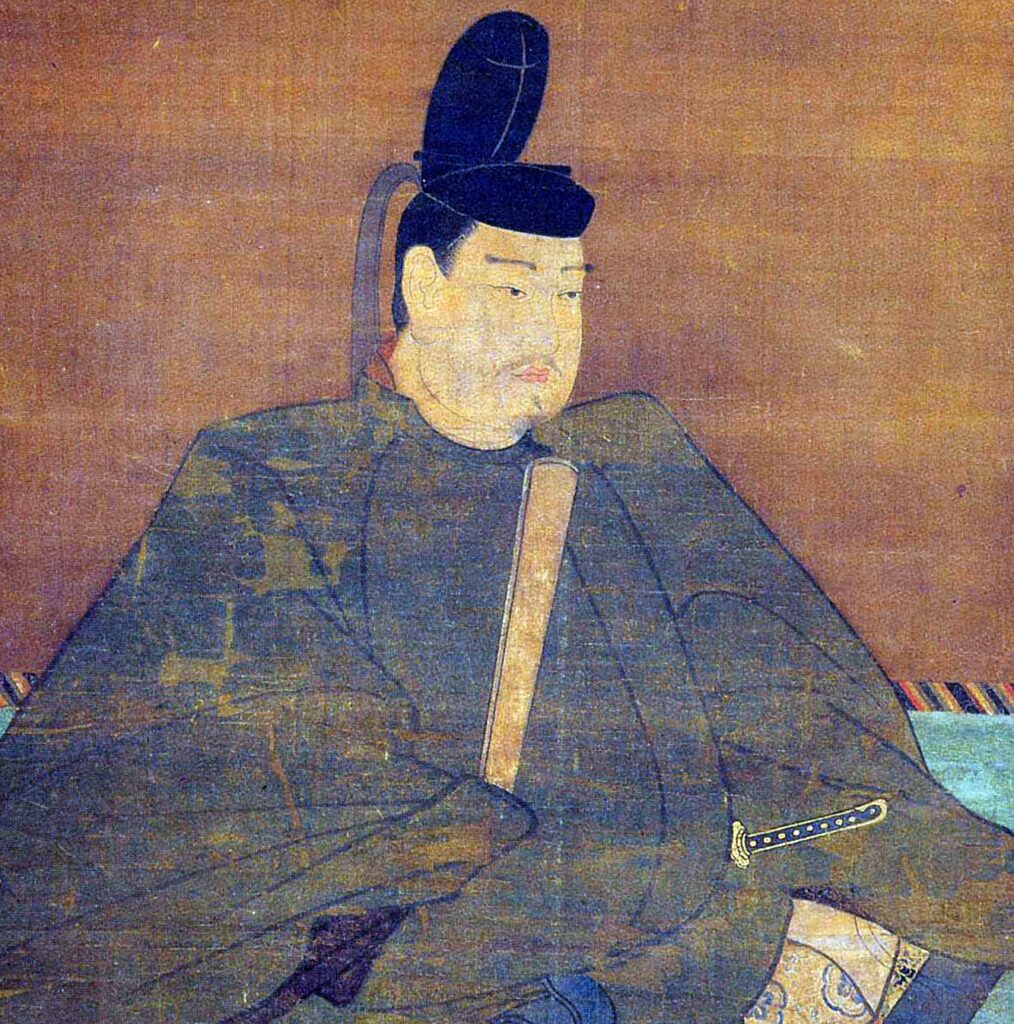
Since Buddhism had arrived in Japan via China and Korea in mid of 6th century, Shakyo-transcription sutras became popular as Emperor SHOMU sought to disseminate it and established the national section for Shakyo in mid of 8th century. What is more, common people started believing that making a handwritten copy of Buddhist scriptures lead them understand the teaching of Buddha deeply, make them saved from hardships and bring them to the JODO浄土-the Purer Land.
Shakyo and Pilgrimage
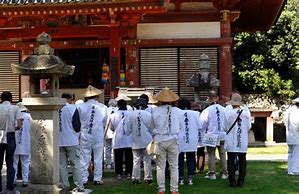
As described in the article about Shuin (temple stamps), offering hand-copied sutras to temples was considered proof of one’s devotion and spiritual effort. People hoped that such offerings would lead to both happiness in this life and rebirth in the Pure Land. Over time, Shakyo and pilgrimage became integral parts of religious practice for the common people.
Shakyo in Modern Japan

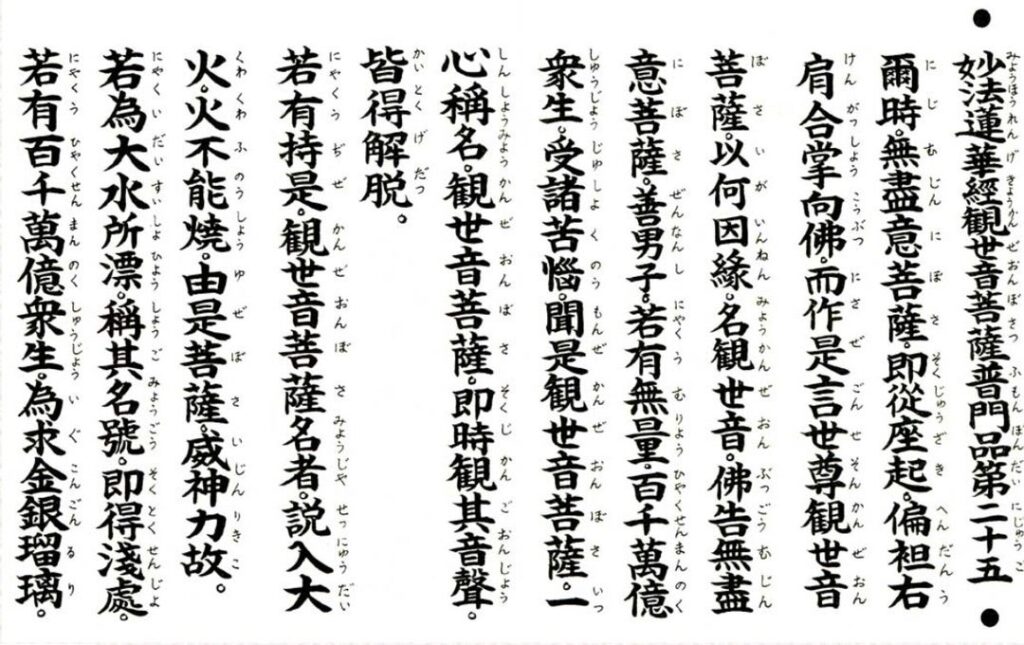
Today, even those who are not devout Buddhists practice Shakyo. In our fast-paced, digitally connected world, many seek calm and mindfulness through this quiet, meditative activity. Among the most commonly transcribed texts are the Heart Sutra (般若心経)—a 260-character summary of the essence of Buddhism—and Chapter 25 of the Lotus Sutra, known in Japan as Kannon-kyo (観音経), which tells of the compassionate acts of the deity Avalokiteśvara (Kannon-sama).
These teachings, full of wisdom and compassion, are said to reflect values deeply ingrained in Japanese daily behavior.
Experiencing Shakyo Today
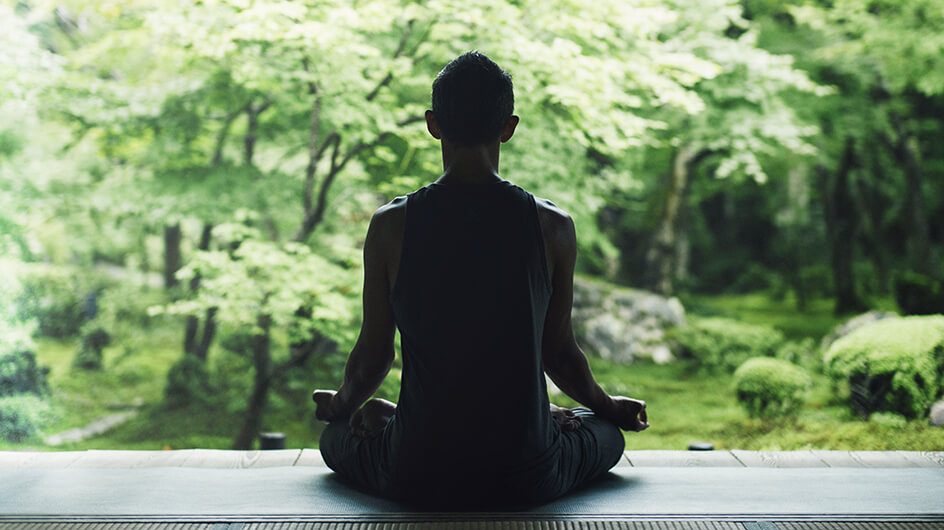
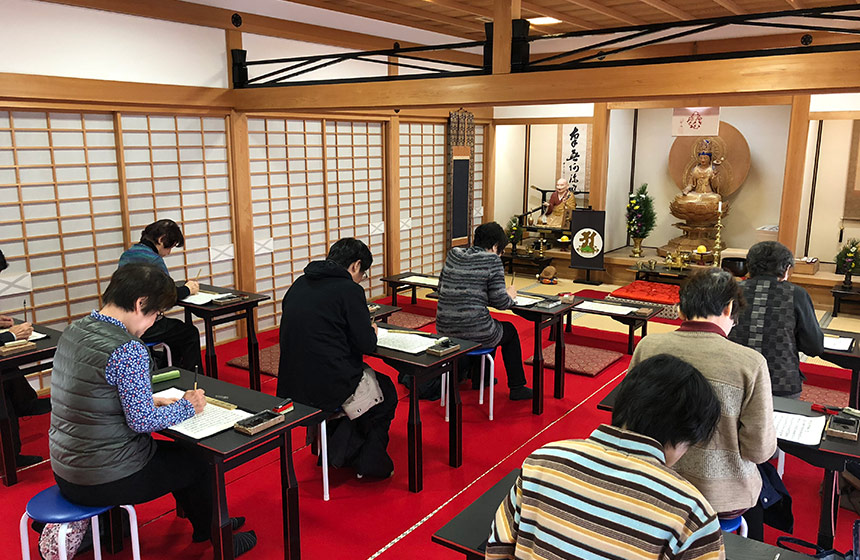
It is easy to try Shakyo today. Many temples provide specially printed paper with light sutra outlines, ready for tracing. Calligraphy brushes with built-in ink are available at stationary shops and even convenience stores. If you’re interested in experiencing Shakyo in a traditional setting, look for temples that offer sessions for foreign visitors. Try searching online with keywords like “Shakyo experience”.


